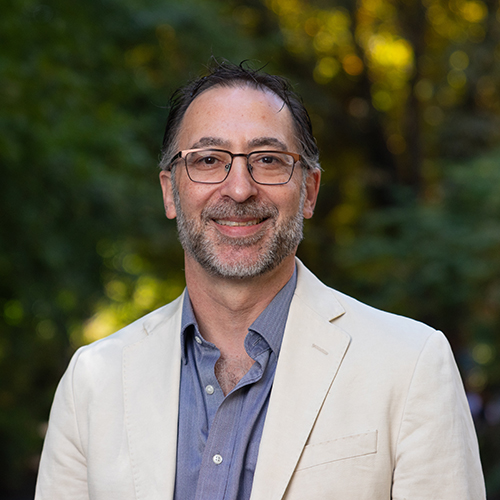A major corridor for malaria stretches from Southeast Asia to Africa, with South Asia right in the middle. That means that more than 90 percent of India’s population lives in areas with a risk of malaria transmission, leading to about 13 million cases of the disease, according to 2015 figures from the World Health Organization.
“India is a country of critical importance for understanding the spread of virulent malaria globally,” says Pradipsinh K. Rathod, UW professor of chemistry. “While most deaths caused by drug-resistant strains of malaria have occurred in Africa, most drug-resistant parasites arise first in Asia.”

Rathod is director of Malaria Evolution in South Asia, one of ten International Centers of Excellence for Malaria Research (ICEMRs) funded by the National Institutes of Health (NIH). The NIH recently renewed a major grant that funds the center, providing $9.3 million in funds over the next seven years through NIH’s National Institute of Allergy and Infectious Diseases.
Though the risk of malaria transmission is present in most of India, the actual prevalence of malaria varies greatly, according to Laura Chery, the South Asia ICEMR’s associate director. There is variation in levels of immunity as well as variation in the species of mosquitoes that spread the disease. “Most importantly, there is unexpectedly high genetic diversity in malaria parasites that are circulating in India,” says Chery.
By getting a clearer picture of malaria in India, we’re ‘closing the gap’ on how this complex parasite behaves globally.
South Asia ICEMR researchers — scientists from the UW, Harvard University, the Fred Hutchinson Cancer Research Center, the Center for Infectious Disease Research, and Stanford University — are studying this diversity, collaborating with dozens of scientists, clinicians, and field workers at sites across India. “We have formed wonderful, productive partnerships with hospitals, clinics, government agencies and community members,” said Chery. “Together, we have learned to do advanced science on the ground at clinically important sites.”
Through partnerships with local hospitals and research institutes, the center currently works out of six sites across India. Four are in eastern and northeastern India, where malaria is endemic; the other two are on the west coast, where the prevalence of malaria can be relatively low but where urban hospitals attract and treat large numbers of malaria patients, including migrants from other parts of the country.

“We believe that movement of people within the country can partly explain the complexity of malaria in India,” said Rathod. “However, we do not fully understand the basis for such variations.”
At each site, staff enroll patients to obtain malaria parasite samples and to gather information on patients' health histories. Center staff and partners analyze the parasite samples for signs of drug resistance and to understand the basis for variations in disease presentation. They also sequence parasite genomes to determine their genetic relatedness to one another, and test how well different mosquito species take up various malaria strains.
The center has already had some surprising findings about malaria in India. Parasites there show more genetic diversity than parasites in the rest of the world combined, according to Rathod. As a consequence, some standard laboratory tests for drug resistance, developed elsewhere in the world, do not accurately predict whether Indian parasites will show drug resistance.
Today the drug artemisinin is considered the best treatment against malaria, but artemisinin-resistant strains of malaria have been identified in Southeast Asia. The Indian government and the South Asia ICEMR are on the lookout for artemisinin resistance among patients in northeastern and eastern India. Beyond that, the South Asia ICEMR is looking for parasites that mutate at extraordinary rates, as seen in Southeast Asia.
“By getting a clearer picture of malaria in India, we’re ‘closing the gap’ on how this complex parasite behaves globally,” Rathod says.
This story is adapted from a June 20, 2017 story in UW Today by James Urton.
More Stories

The Public Impact of Private Cities
Geography major Edwin Bai has researched private cities, developed by individuals and corporations, that "take the libertarian idea of low government regulation to the maximum."

The Curious Journey of Chinese Characters
Several Asian countries adapted the Chinese writing system—the oldest writing system still in use—for their own languages. In a new book, Professor Zev Handel shares how that happened.

Demystifying Quantum
In a physics course for non-STEM majors, Professor Miguel Morales teaches quantum mechanics without the advanced mathematics most quantum courses require.